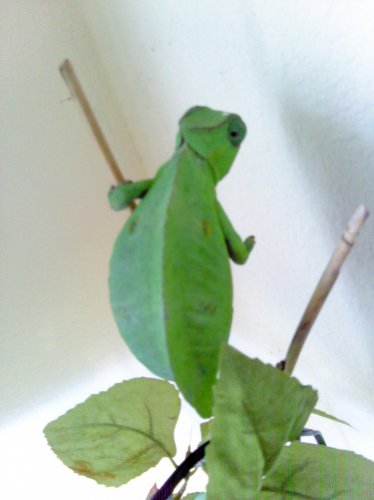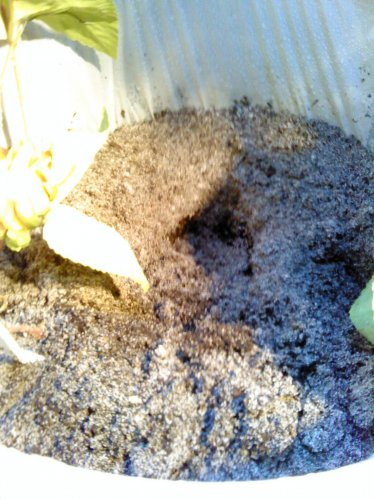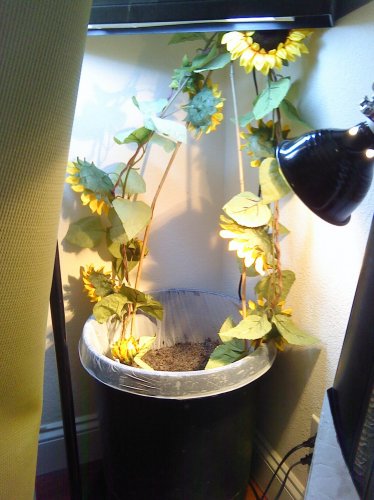pwerfulyifu
New Member
this is day two of me trying to get my Bulma to lay eggs. i saw her sleeping at the bottom a couple of times a few days back and i immediately set up a 5 gallon bucket with some vines, uvb lighting and heat, and blinder so she gets privacy. so far she either wanders around the sand/soil mixture or just climbs back up. i've even dug a few holes for her but im not really sure how big or how deep.






